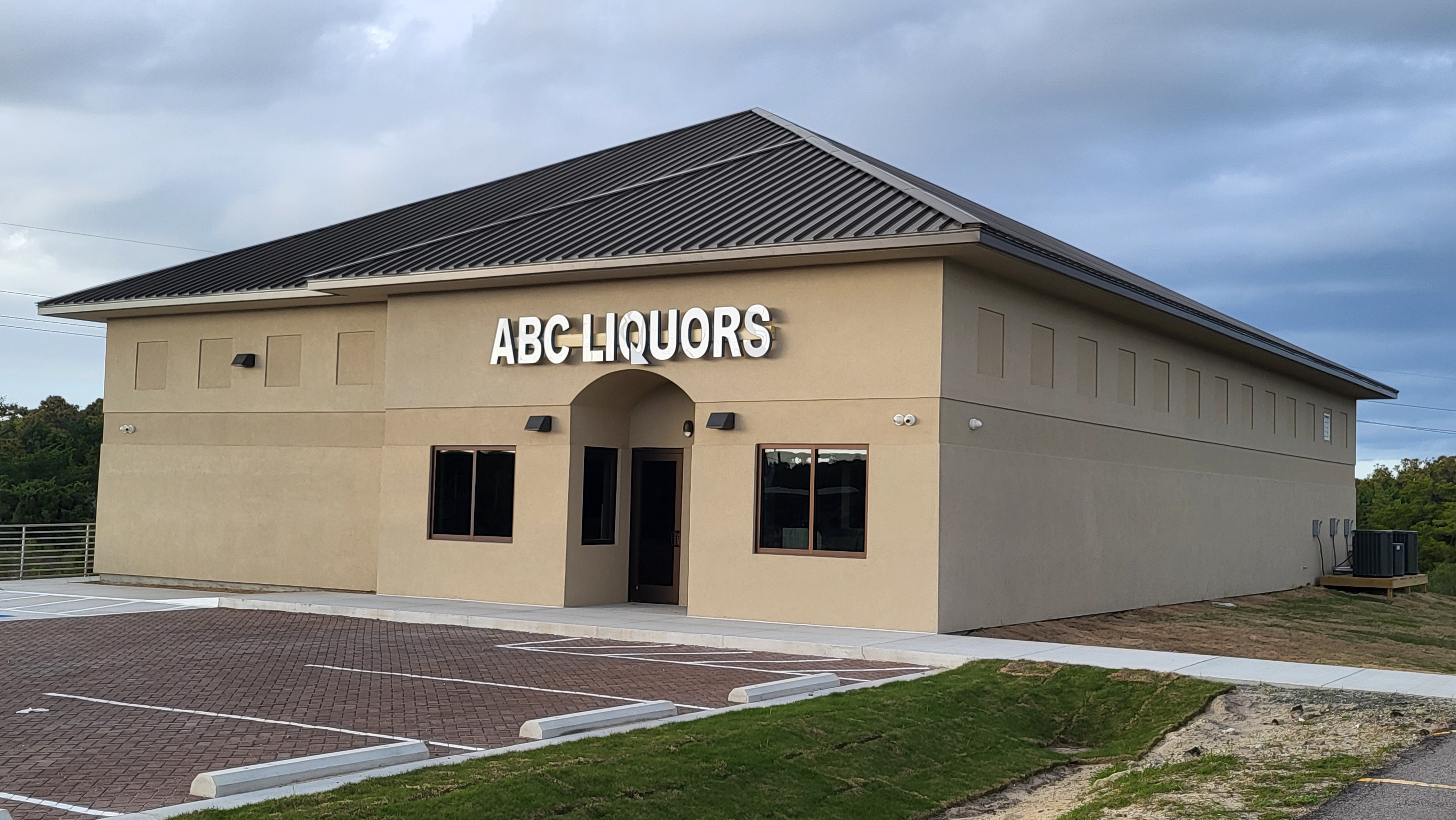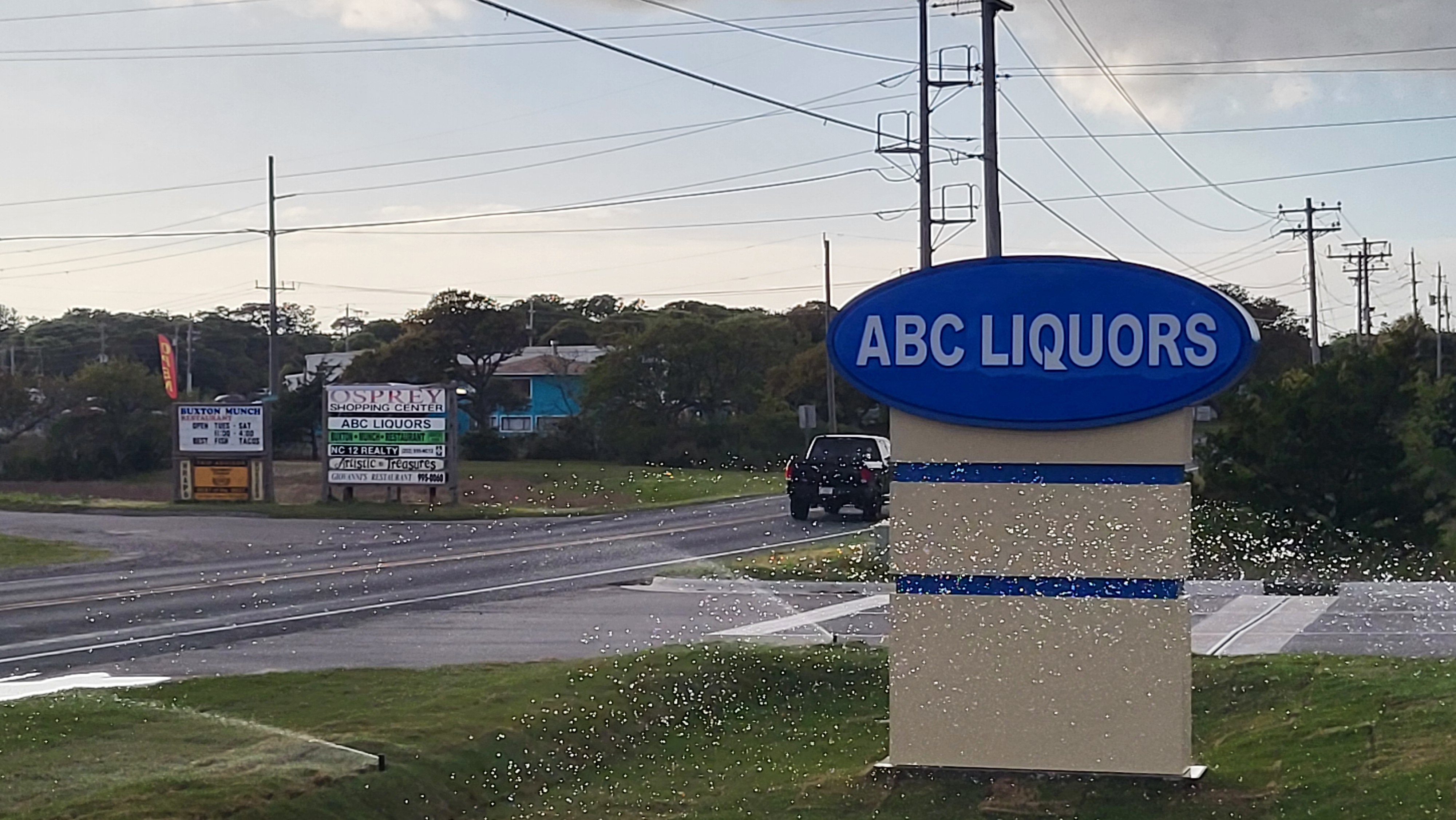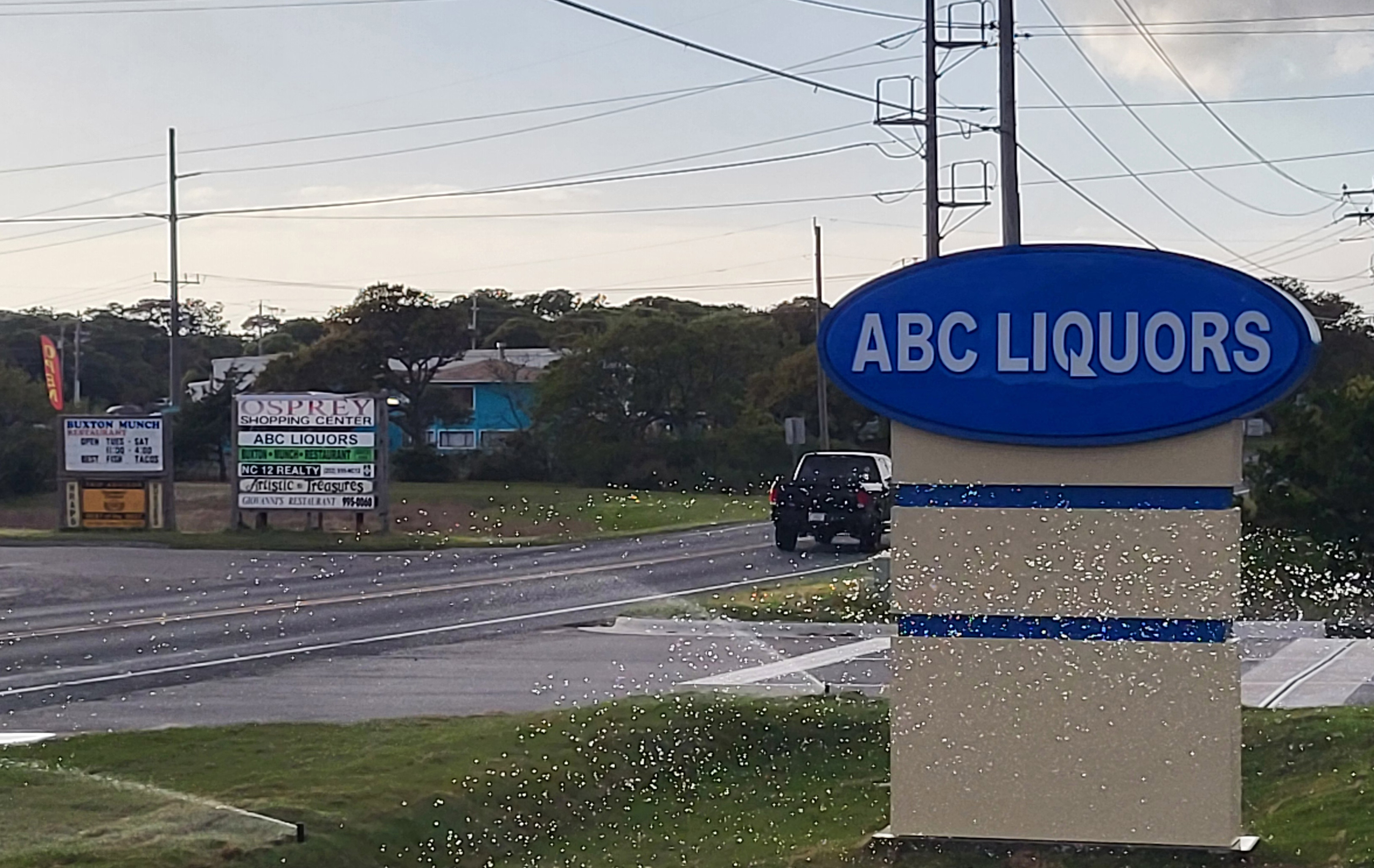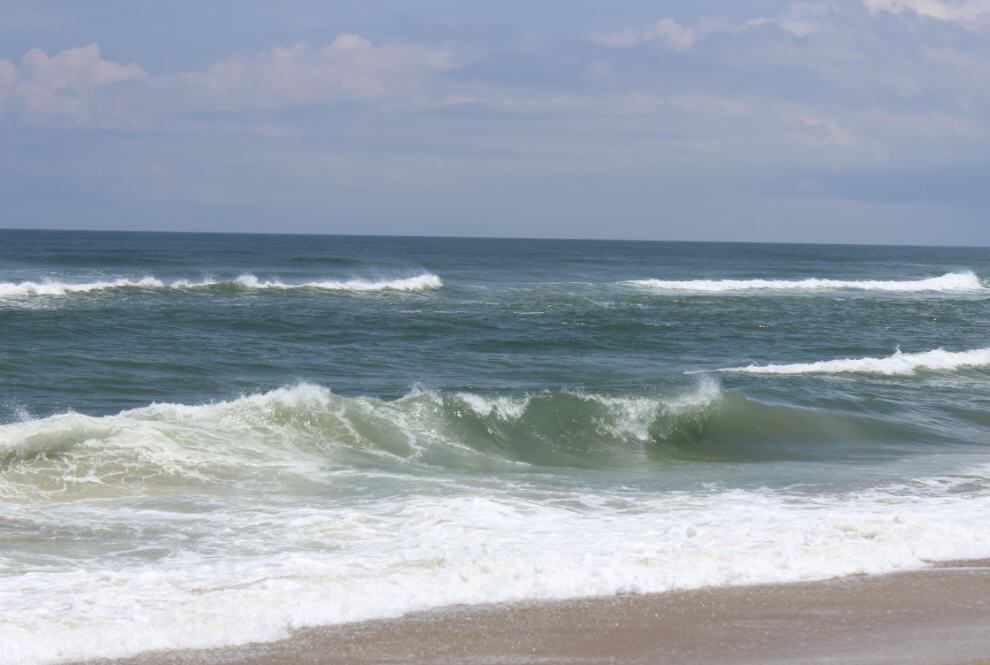Whipping Creek Road wildfire is on the decline
The U.S. Fish and Wildlife Service said today in a news release that activity at the Whipping Creek Road fire, which has been burning public and private lands in Dare and Hyde counties since April 18, has been declining for several days.
As of this morning, the fire covered 15,453 acres, mostly in the Alligator River National Wildlife Refuge, and was 78 percent contained.
With today’s weather forecast of a 50 percent chance of rain, relative humidity of 54 percent, and southwest winds at 10 mph, the fire, which was started accidently by a grass-mowing operation on the U.S. 264 right-of-way, is not expected to increase in size.
USFWS says a decrease in fire activity also means less need for resources — firefighters and equipment. Management of the fire is being turned over to local units of the Fish and Wildlife Service and the U.S. Forest Service.
Infrared flights have shown few hotspots, and the spots that have shown up have been dealt with individually and directly by water drops and hand crews. However, USFWS said firefighters will take no chances and will continue to monitor and mop up until infrared flights indicate there is no heat at all.
Fish and Wildlife officials also say that they are not as concerned that this fire will smolder in the peat soils in the area, as some other have in recent years.
“One of the big concerns with the Whipping Creek fire has been the possibility of the fire moving into the ‘264 Low Pocosin’ – the vast expanse of pocosin north of U.S. Highway 264 at the big curve south of Stumpy Point,” officials said in a news release earlier this week.
The area encompasses about 20,000 acres of pocosin with peat-rich soil and with very few roads and canals, so it has mostly natural hydrology. However, rainfall during the past two years has fed the water table and the area is wet, so compared to other peat-land fires, the Whipping Creek Road fire has been much less intense.
USFWS says that Pocosin Lakes National Wildlife Refuge is working to restore as much of the natural hydrology as possible in some of its pocosin habitat that was extensively altered by ditching and draining.
“These habitats will always have fire, but restoring a more natural water regime in portions of Pocosin Lakes Refuge will help us hold future fires to a shorter duration, meaning less ground fire, less smoke, and less cost,” officials said.
The Whipping Creek Fire has burned for 11 days and has cost about $1 million. By comparison, the Evans Road Fire in 2008 lasted more than four months and cost taxpayers nearly $19 million.
For current fire information, visit http://inciweb.nwcg.gov/incident/news/4691/ or follow us on Facebook at https://www.facebook.com/USFWS.NC/
RELATED ARTICLES:
Officials determine cause of Whipping Creek fire, as highway reopens
‘Super Scooper’ aircraft join fight against Whipping Creek Fire
Firefighters continue to battle Whipping Creek fire
Driven by yesterday’s gusty winds, Whipping Creek fire continues to grow
Mainland wildfire doubled in size overnight
















